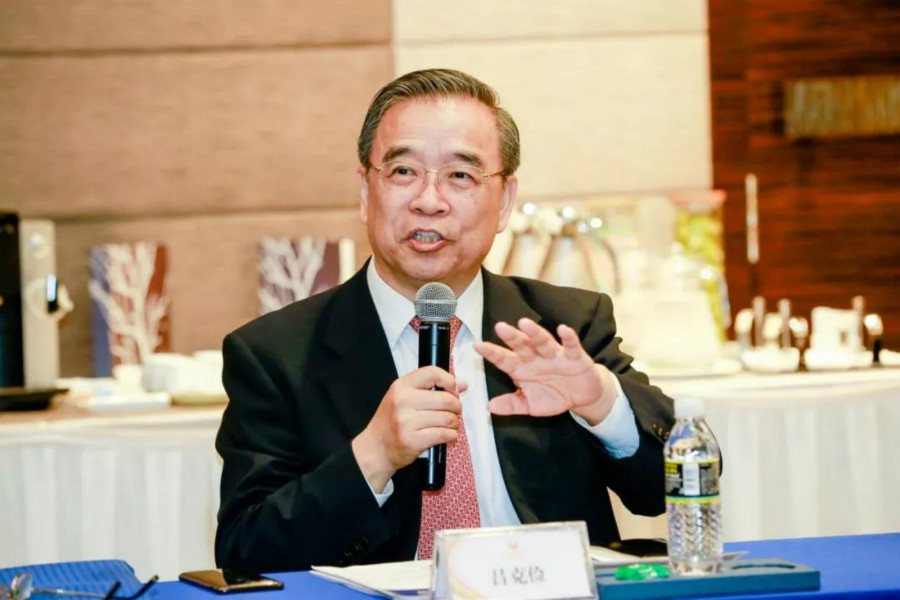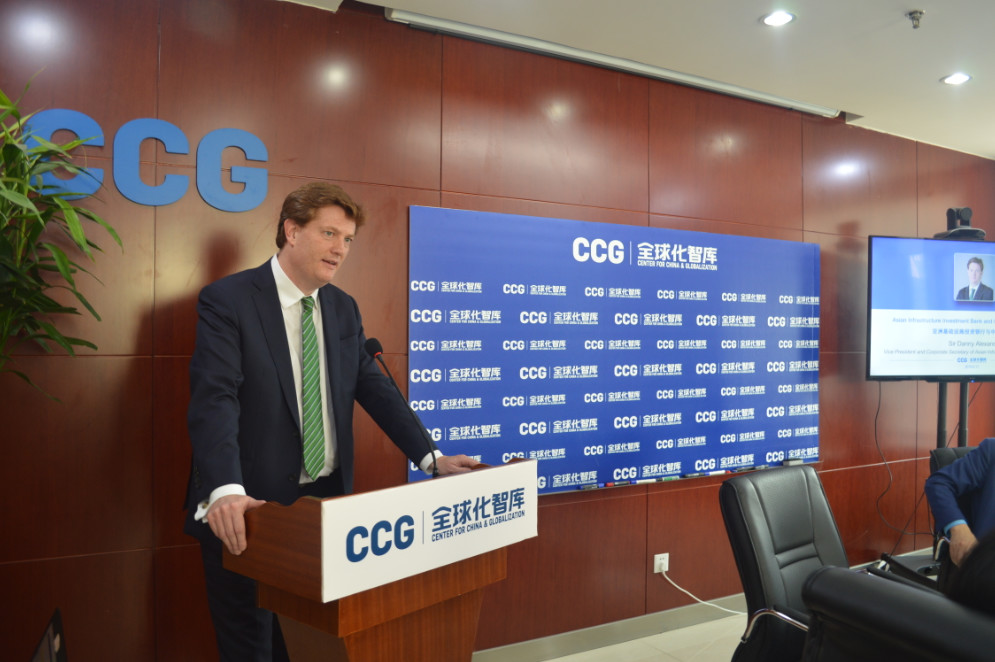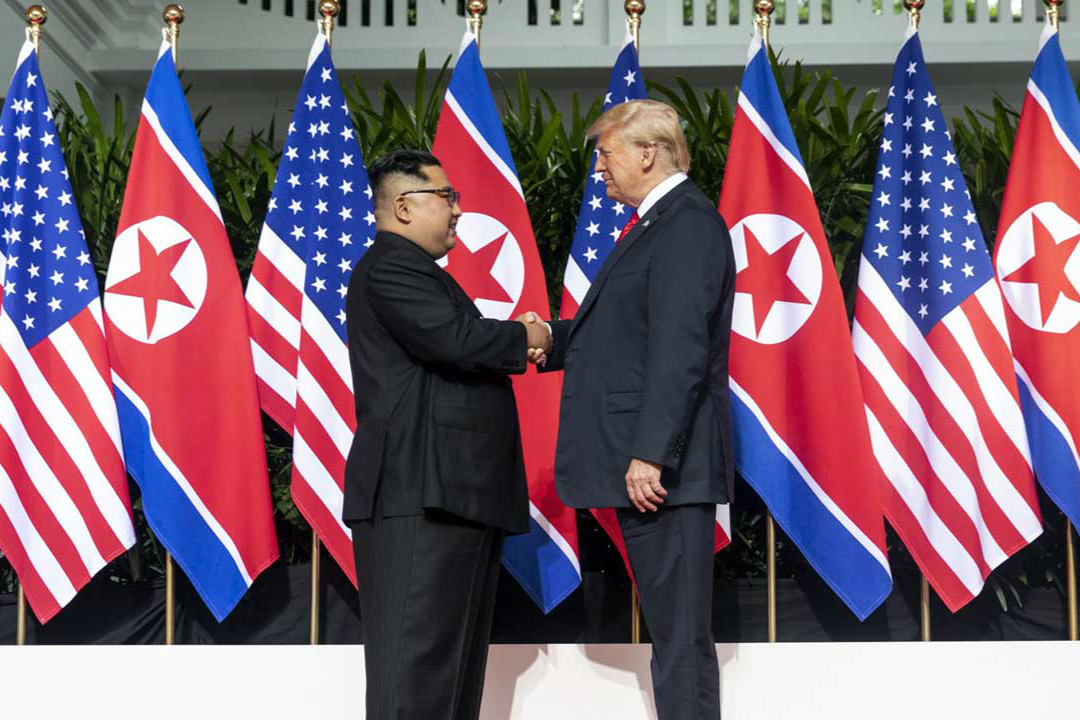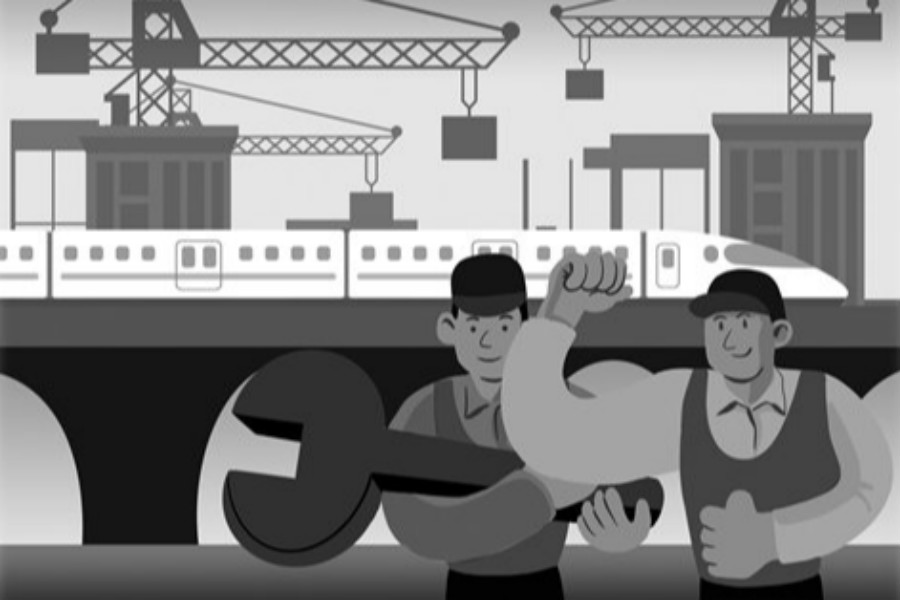全球化(globalization)一词,是一种概念,也是一种人类社会发展的现象过程。全球化目前有诸多定义,通常意义上的全球化是指全球联系不断增强,人类生活在全球规模的基础上发展及全球意识的崛起。国与国之间在政治、经济贸易上互相依存。全球化亦可以解释为世界的压缩和视全球为一个整体。二十世纪九十年代后,随着全球化势力对人类社会影响层面的扩张,已逐渐引起各国政治、教育、社会及文化等学科领域的重视,引发大规模的研究热潮。对于“全球化”的观感是好是坏,目前仍是见仁见智,例如全球化对于本土文化来说就是一把双刃剑,它也会使得本土文化的内涵与自我更新能力逐渐模糊与丧失。
- CCG南方国际人才研究院
- CCG北方国际人才研究院
- CCG一带一路研究所
- CCG世界华商研究所
- CCG数字经济委员会
- CCG南方国际人才研究院图片
- CCG北方国际人才研究院图片
- CCG世界华商研究所图片
- CCG一带一路研究所图片
- CCG数字经济委员会图片
- 成为系列论坛会员
- 成为系列论坛会员联系
- 概况介绍
- 兼职研究员
- 未分类
- 概况
- 全球化
- 全球治理
- 美国
- 国际人才政策
- 中美贸易
- 国际教育理念与政策
- 中国开放指数
- 新闻动态
- CCG品牌论坛
- 中国与全球化论坛
- 学术委员会专家
- 主席/理事长
- 中文图书
- 品牌论坛
- 研究合作
- 重点支持智库研究与活动项目
- 概况视频
- 主任
- 香港委员会名誉主席
- 关于
- 团队
- 国际关系
- 国际组织
- 加拿大
- 华人华侨
- 国际贸易
- 来华留学
- 区域与城市
- 媒体报道
- 二轨外交
- 中国企业全球化论坛
- 高级研究员
- 资深副主席
- 英文图书
- 圆桌研讨
- 建言献策
- 概况手册
- 副主任
- 理事申请
- 香港委员会名誉副主席
- 顾问
- 研究
- 国际移民与人才流动
- 区域合作
- 欧洲
- 中国海归
- 来华投资
- 出国留学
- 大湾区
- 活动预告
- 名家演讲
- 中国全球智库创新年会
- 特邀高级研究员
- 副主席
- 杂志
- 名家演讲
- 媒体采访
- 年报
- 秘书长
- 企业理事
- 香港委员会主席
- 国际顾问
- 国际贸易与投资
- 一带一路
- 亚洲
- 留学生
- 对外投资
- 国际学校
- 动态
- 名家午餐会
- 中国人才50人论坛
- 特邀研究员
- 理事长
- 媒体采访
- 文章投稿
- 副秘书长
- 活动支持
- 香港委员会副主席
- 国际教育
- 非洲
- 数字贸易
- 活动
- 智库圆桌会
- 常务理事
- 智库访谈
- 国际合作
- 总监
- 中国留学人员创新创业论坛
- 研究员
- 研究支持
- 香港委员会常务理事
- 国内政策
- 拉美
- 专家
- 理事
- 直播
- 捐赠支持
- 主管
- 中国国际教育论坛
- 个人捐赠
- 前瞻研究
- 澳洲
- 咨询委员会
- 企业理事
- 其他
- 捐赠联系
- 中东
- 成为理事
- 研究报告
- 建言献策
- 出版物
- 理事申请联系
- 智库研究
- 音视频专区
- 联系我们
- 观点
- 捐赠
- 工作机会
- 香港委员会
-

吕克俭:抓住新机遇,拓宽中日合作新领域
文章选自中文导报 2019-07-15(本文是作者在第一届华智论坛上的演讲稿)
2019年7月31日 -

苏浩:东亚经济合作从“雁阵”变成“平轴”
文章选自环球时报,2019年7月10日
2019年7月15日 -

亚投行副行长艾德明爵士CCG演讲全文:三大核心目标及“高大上&接地气”的成功经验
对于亚投行来说,统一标准的共识、良好的治理以及高效率的工作对于深化同政府、公众和私人股东的合作至关重要。我们建立了一系列指标,包括金融评估,环境安全和社会安全等,亚投行始终坚持贯彻落实这些指标。归结起来,这些指标所代表的就是亚投行的核心价值观:精简(lean),廉洁(clean)以及绿色(green)。
2019年6月18日 -

Victor Gao: What Next for the Korean Denuclearization?
North Korean Supreme Leader Kim Jong-un shakes hands with US President Donald Trump at a summit in Singapore on June 12, 2018. (Dan Scavino Jr./White House)
2019年3月15日 -

Zamir Ahmed Awan: Beijing, Islamabad committed to making flagship CPEC project
The China-Pakistan Economic Corridor (CPEC) is an example for the rest of the world. CPEC is one out of six planned corridors under the Belt and Road Initiative (BRI) launched by China in 2013. These corridors include the China-Mongolia-Russia Economic Corridor (CMREC), New Eurasian Land Bridge (NELB), China-Central Asia-West Asia Economic Corridor (CCWAEC), China-Indochina Peninsula Economic Corridor (CICPEC), China-Pakistan Economic Corridor (CPEC), and Bangladesh-China-India-Myanmar Economic Corridor (BCIMEC). All of these economic corridors are very well conceived and planned. The importance of each corridor is undeniable. Upon completion of all these corridors, the world will be transformed and enter into a new era. Global economic patterns will change and trade will take on a new shape. However, five of these corridors pass through more than two countries, and it is understood that the more countries involved, the more difficult it becomes due to cultural barriers and variations in political and economic conditions in each country. Similarly, distance also matters; the longer the corridor, the more time and money it may take to complete.Fortunately, CPEC is the simplest and the most feasible. It is a project jointly built by China and Pakistan, so it has fewer countries involved compared to the other five corridors. The 3,000-km-long corridor starts from China’s Kashgar and ends at Pakistan’s Gwadar, the shortest distance among all the corridors. Above all, the relationship between China and Pakistan is ideal, and there is little disagreement between these two countries. In fact, China and Pakistan support each other on all issues at the domestic, regional and global level. There exists a complete harmony. Due to all of these reasons, CPEC has been declared a flagship project, and the governments of both countries are giving it highest priority. Both nations are committed to making it a success. Whatever the difficulties or hurdles, both sides are committed to overcoming them and creating an example for the rest of world.To date, the people of Pakistan are enjoying the fruits of early harvest projects under CPEC. With the launch of CPEC, Pakistan’s GDP improved from 4.7 to 5.5. It was a big jump as the nation has faced many complex issues over the last 4 decades. The country was an energy deficient nation and faced a shortage of electricity. There was load-shedding for several hours on a daily basis. But under CPEC’s early harvest projects, around 10,000 megawatts of electricity were added to the national grid. Load-shedding minimized and almost vanished from the big cities of Pakistan. There are a few other power generation projects at an advanced stage of completion and expected to be completed by 2020. It is expected that Pakistan will face a smaller gap between supply and demand of electricity once all projects are completed in the next few years. The laying of optical fiber lines between China and Pakistan is another advanced stage project, and internet speeds will be improved greatly upon its completion. This will revolutionize the IT industry in Pakistan. It will also reduce dependence on sea-bed cables connecting Pakistan with the rest of the world. Due to damage to undersea cables, which are difficult to repair quickly, Pakistan has been sporadically cut off from the rest of world. A network of roads has been completed across Pakistan, and many more are under construction or in the pipeline. A strong network of roads has made Pakistan very well connected internally. It also has helped to improve connectivity and ultimately enhance business activities. Road networks have contributed to the nation’s socioeconomic development.The country’s railway system is also slated for a complete revamp. The Karachi-Peshawar Railway Line project, also referred to as ML-1, is in the advanced stage of finalization and may be initiated soon. Rail will become the cheapest and quickest mode of transportation for passengers and cargo in Pakistan in the near future. Fast-track industrialization is also expected, as special economic zones (SEZs) are being launched soon. There are nine SEZs in total, three of which are almost ready to be launched: Rashakai SEZ, M-3 Industrial Zone in Faisalabad and Dhabijee Industrial state in Sindh. The SEZs will rapidly change Pakistan’s fate.
2019年2月25日


